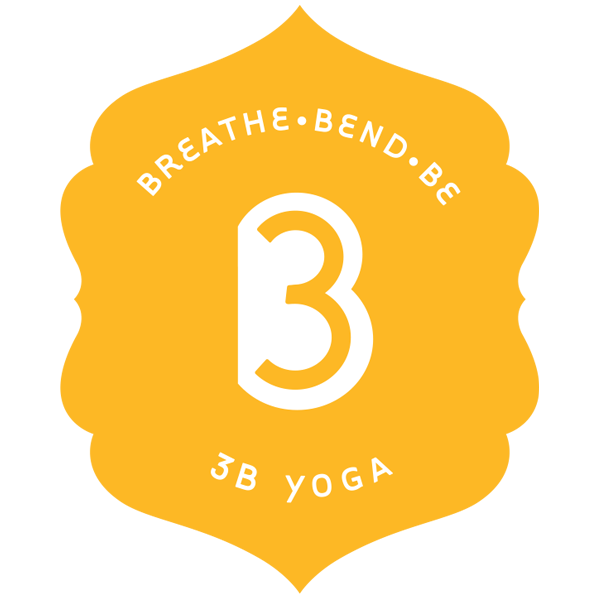Conscious Breathing Yoga Nidra Workshop
January 7, 2024- 7-9 pm
Register here!
In this transformative event, Jarom combines two powerful modalities to bring ultimate healing potential. The entire practice will be done laying on your back with gentle guidance throughout. Below is a short description of how these two modalities work together.
First, yoga nidra, or yogic sleep, is a powerful technique to relax the physical, mental, emotional, and spiritual body on a deep level. Known anciently as, “the sleep of the gods,” yoga nidra leads to shifts in consciousness as we release our grip on the senses and gain access to higher states of consciousness where we are able to plant the seeds of change known as sankalpa shakti.
Conscious, connected breathing is then integrated into the practice of yoga nidra to assist the body/mind/spirit in developing a high concentration of a special type of energy known as prana. This high concentration of prana works to release blocks, stuck emotions, old energetic patterns, and outdated beliefs that are not in harmony with the sankalpa we are working to develop. Additionally, the buildup of prana leads us to even higher states of consciousness where we begin to experience deeper love, joy, peace, and harmony.
Together, these modalities provide conditions to foster change, development, evolution, and ultimately healing. I hope to see you in one of our monthly sessions. Feel free to reach out with any questions or concerns.
What to bring:
Please bring the following items to make your experience more enjoyable. If you are unable to bring these items, that is ok. There are alternatives at the studio.
Pillow
Blanket (body temperature can fluctuate during practice)
Yoga mat or pad
Comfortable, loose clothing
Breathwork is a beautiful practice for the majority of individuals, but may not be right for everyone. If any of the following conditions apply to you, please consult your healthcare provider before committing to the practice or reach out for a private, individualized session.
Pregnancy
Detached retina or glaucoma
High blood pressure (not controlled with medication)
Cardiovascular disease including angina, previous heart attack or stroke
Diagnosis of aneurysm in the brain or abdomen
Epilepsy
Severe mental illness
Recent injuries or surgery

